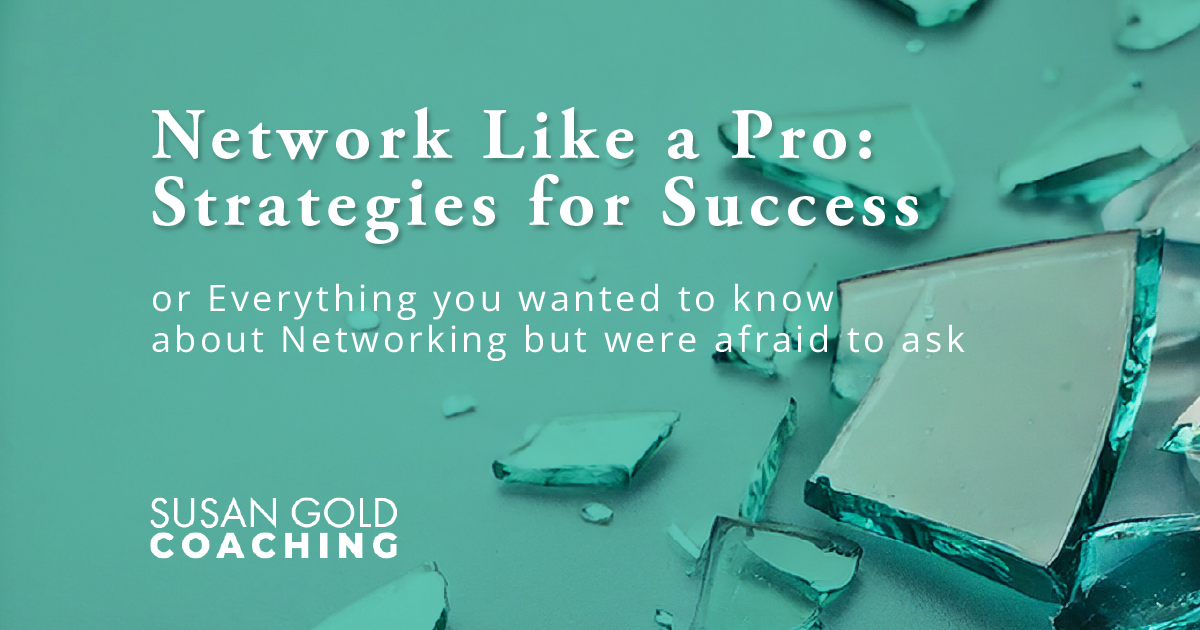Messaging—it’s a Pain (in the) but…

Of all the difficult (and yes, painful) things we do to market our companies, creating effective messaging is at the top of the list. Yes, it’s hard to think about and even harder to get right but getting your story right is critical. While there is no one way to get to the crux of your messaging, I use an approach with my clients that has been proven effective.
We start by asking some fundamental questions that get to the heart of your business and then work to tie that to customer needs. So, grab a coffee and start by asking yourself these three basic but critically important questions:
- Why do you do what you do?
- Have you really thought about why you started your business initially?
- Has that reason changed?
If you’re like most businesses, you are in it to help others and make money doing what you do. Whether you are a high-ticket consultant or a bookkeeping business offering hourly support, you are focused on providing a service that helps your clients in ways large and small. As billionaire businessman and Virgin Brands Founder Richard Branson said, “To launch a business means to successfully solve problems.” At our core, we are solving problems for our clients and that help is what enables them to get their jobs done and, in part, be successful. So when we think about how to market our companies, we want to think in terms of what our clients need, not just what we’re “peddling”. They have problems and we have solutions. In fact, we want to sell our solution not our services—it’s the positive outcome that really matters.
If We Build It They Will Come…or Not
Connecting with our targeted Ideal Clients types using engaging messaging is an age-old challenge for companies. Not long ago most companies presented the “features and benefits” of what they offered. Pushing out that information in ads, sales calls, tradeshows and the like worked well enough when that was the only way to learn about new products or services. The problem is, it forces the prospect to have to work to figure out if those features and benefits are relevant enough to improve their business. And there is always the risk that it might be a good fit but poor timing.
While this “push” approach can still work, increasingly prospects “pull” information in from any number of sources as they are interested in consuming it. The advent of an “internet minute” in which any number of texts, google searches, emails, newsletters, social media feeds, podcasts, digital ads can be served up to prospects (to react to or ignore), we have a greater than ever challenge to connect with the right people with the right message in a way they want to consume it.
Get Inside Your Clients’ Heads
With all this marketing “clutter”, it’s important to be focused and intentional about your messaging and marketing efforts. If you’ve identified your top 3 Ideal Clients (here’s my post on that), pick one to start with. What do they complain about the most? I’m sure you’ve heard it over and over, right? People are not holding back the struggles they face in their businesses, especially these days! We can also learn from other sources to identify issues: topical blogs, industry association research and reports, LinkedIn posts from experts in your clients’ industries—they’re all sources of valuable insight and perspective that can give you a fuller view of your Ideal Clients’ challenges than you may be able to glean from your daily interactions with clients and prospects alone. In fact, of the many information sources out there, I’ve found that very often Industry Associations are the best place to find what that market is struggling with. Along with reports and research most Associations also offer conferences, panel discussions and webinars, all sources of useful perspective; this is a treasure trove of content for you to start with.
If you’ve completed your worksheet for your Client History review, you’ll be able to see which clients you’ve ranked high as a good fit for your company. If you review those high-ranking client relationships and think about why they decided to hire you, the pain points they described are your best starting point for messaging to capture new clients.
Consider:
- What are the top 3 reasons clients have come to you?
- What do your Ideal Prospects complain about the most?
- What words do they use to describe the issues?
It’s tempting to focus on the root cause of the issues your clients struggle with because you are the expert, however most of your prospects are likely thinking in the same way – the symptoms of the real issue. This is the Engagement Point for connection.
How Does This Work – A Real Example
Let’s consider what a marketing agency would think about for messaging if they wanted to attract accounting firm clients. The marketing agency would typically focus on how they help their clients increase their digital awareness and create lead generating campaigns. If we shift our focus to get inside the heads of a typical accounting firm business owner, they are hyper focused on hiring additional staff. In fact, they are desperate and the pressure is high. They have more clients than they can handle and are often turning them away or creating a wait list. Nice problem to have, but it’s still a big problem. The opportunity is to focus on the struggle of the Ideal Client and create messaging that speaks directly to their issues.
“We position accounting firms to attract the employees they need to hire. Are you marketing your firm to attract the right candidates?”
“Hiring is marketing. We work with accounting firms to increase visibility of their culture and why the best candidates want to join them.”
“Are you branded for hiring? We help accounting firms go from struggling with hiring to attracting the right candidates, while creating brand awareness and higher visibility.”
This is the initial connection for engagement. The reader understands immediately that this agency speaks directly to their needs and “gets them”. Take a look at your messaging at the top of your website, your LinkedIn Profile Summary and other key marketing assets. Determine if your messaging is focused on you or on your Ideal Clients.
Look for my next post on how to complement the PAIN messaging approach with how you impact your clients and the value you bring that makes you different.
Be sure to follow me on LinkedIn as well!
If this article was forwarded to you, sign up here for future Strategy Tips.



